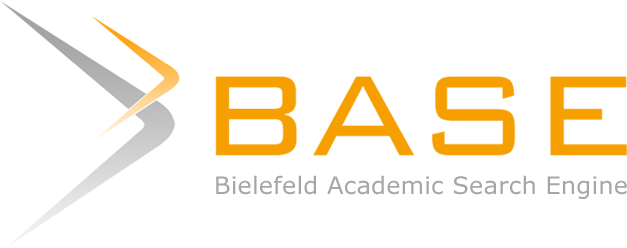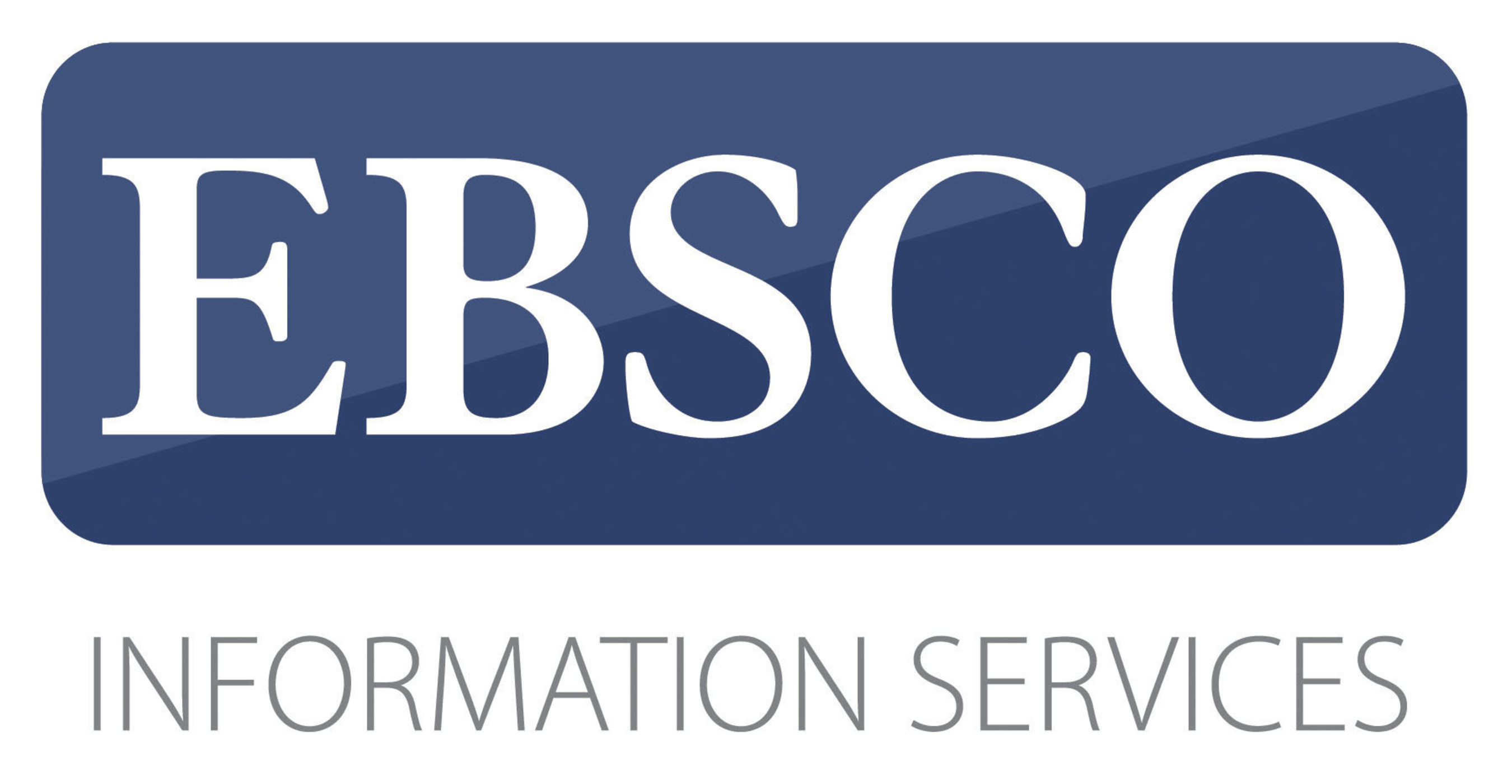Abstract
This article describes the implementation of Indonesia-Japan Economic Partnership (IJEPA) in four main sectors: trade, investment, manpower, and capacity building from the Indonesian perspective. It finds that in its implementation, IJEPA suffers some obstacles that hampers Indonesia’s expectation, especially in manpower and capacity building cooperation. In trade, Japan’s tariff reduction under the IJEPA does not necessarily lead to Indonesia’s automatic market penetration to Japanese market as the actual obstacle is not on tariff barriers, but non-tariff barriers. Exception could be seen in investment sector, which has shown a relatively good progress, especially on Japanese increasing interests as well as its actual investment in various sectors in Indonesia.
Recommended Citation
Hadi, Syamsul
(2014)
"Implementasi Perjanjian Kemitraan Ekonomi Indonesia-Jepang: Analisis dari Perspektif Indonesia,"
Global: Jurnal Politik Internasional: Vol. 16:
No.
2, Pp. 103-119.
DOI: 10.7454/global.v16i2.4
Available at:
https://scholarhub.ui.ac.id/global/vol16/iss2/1

















